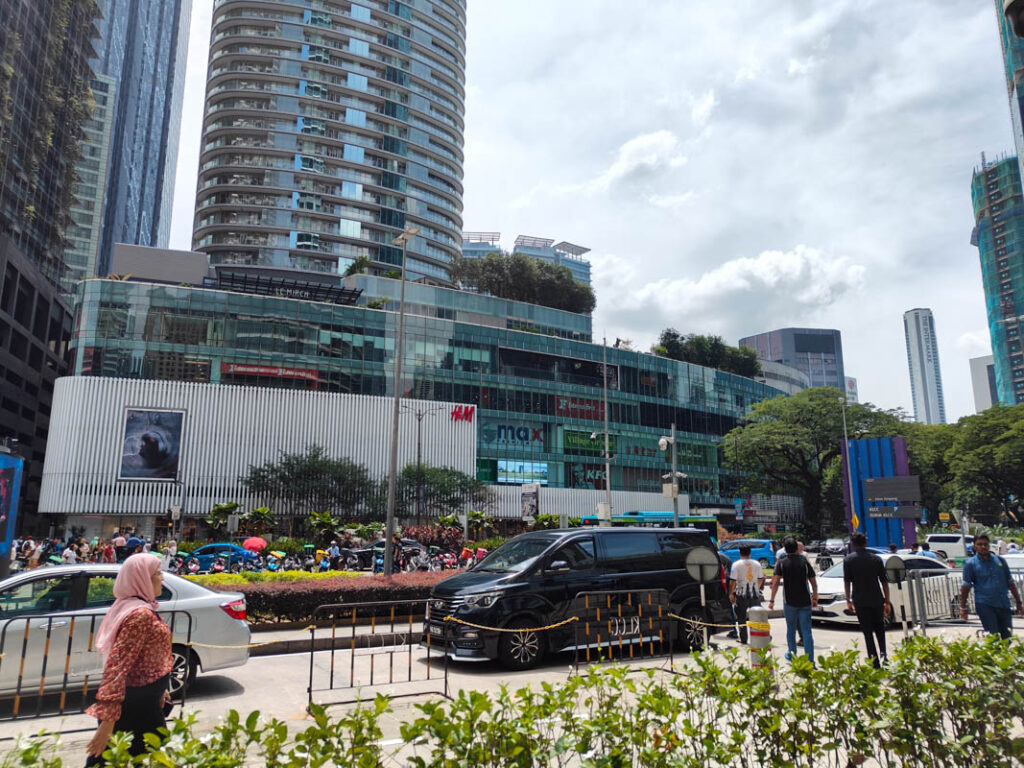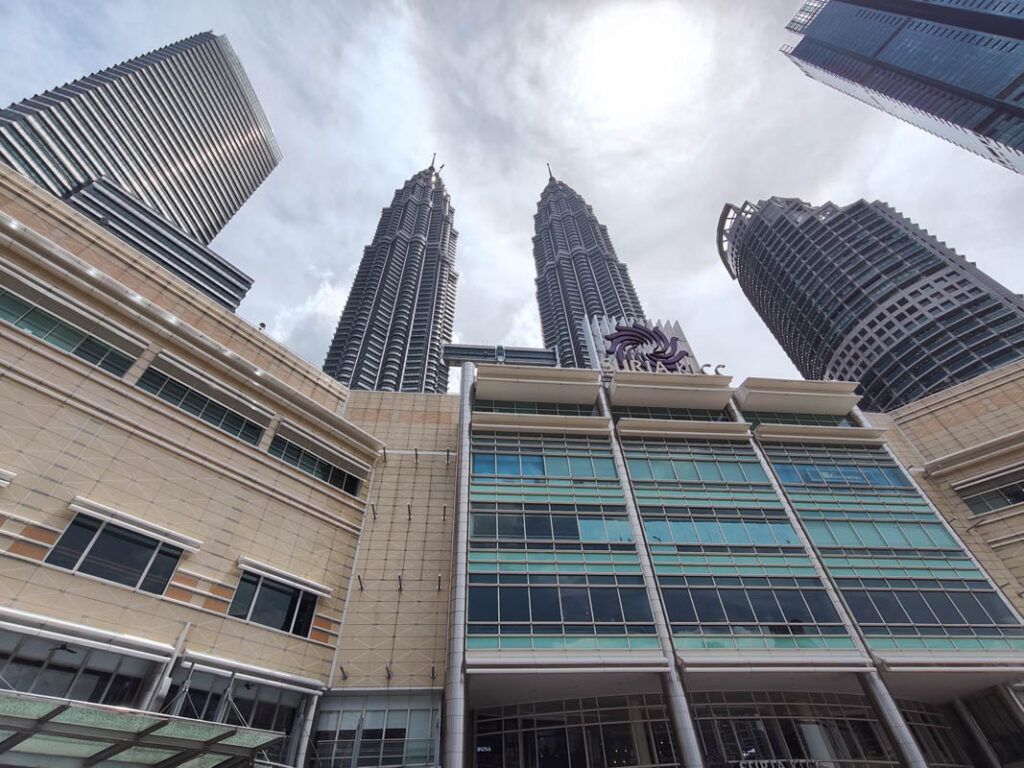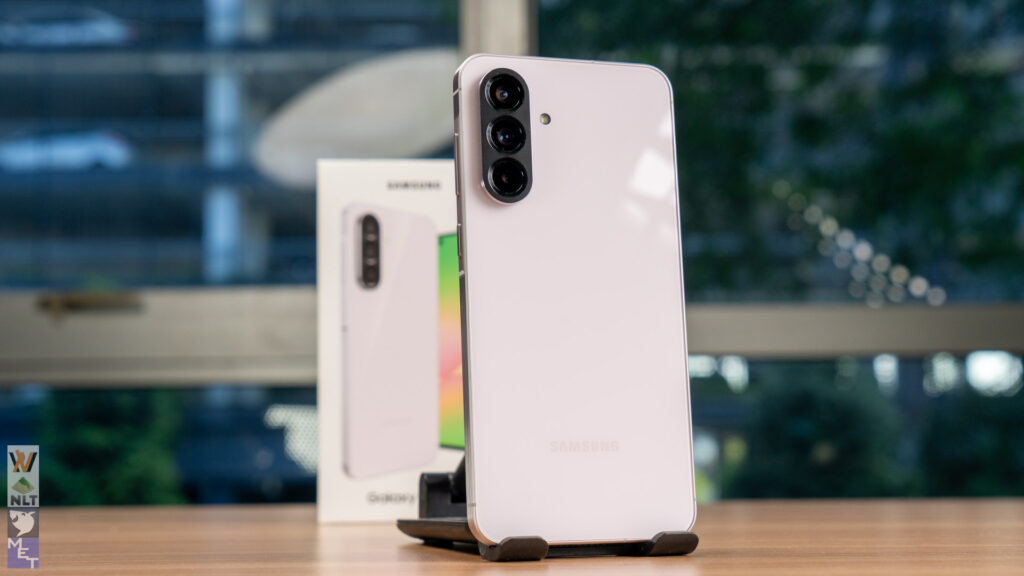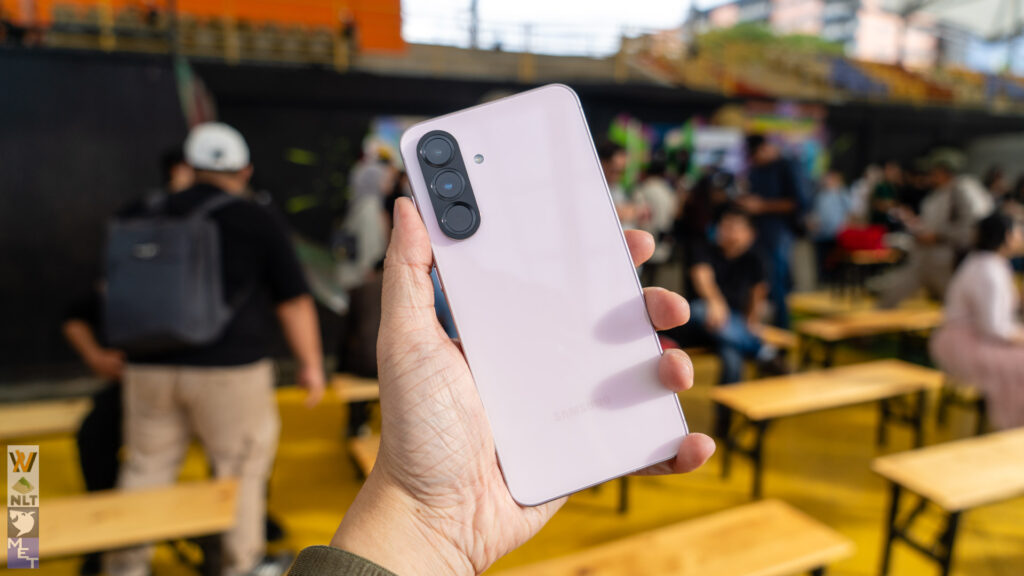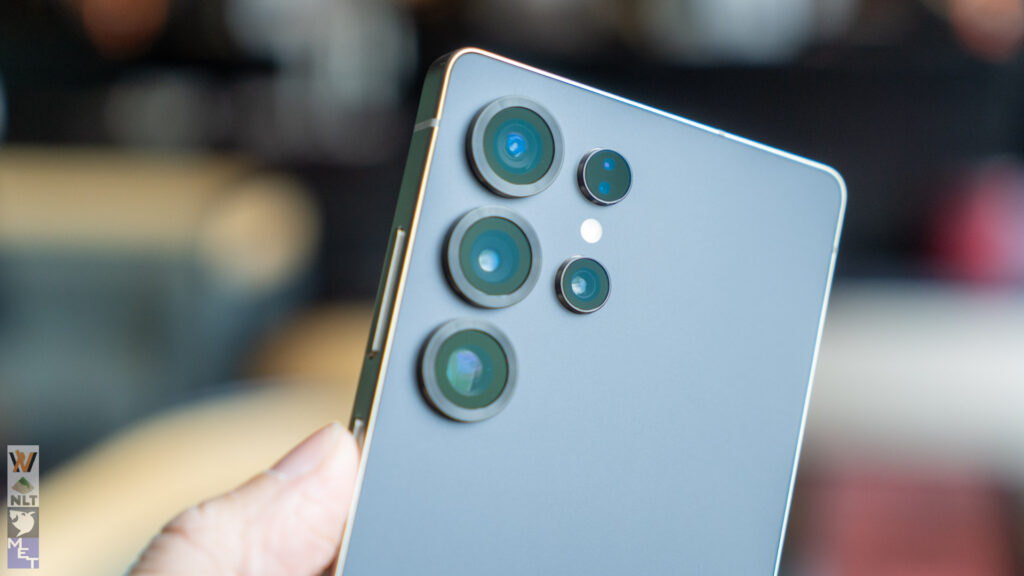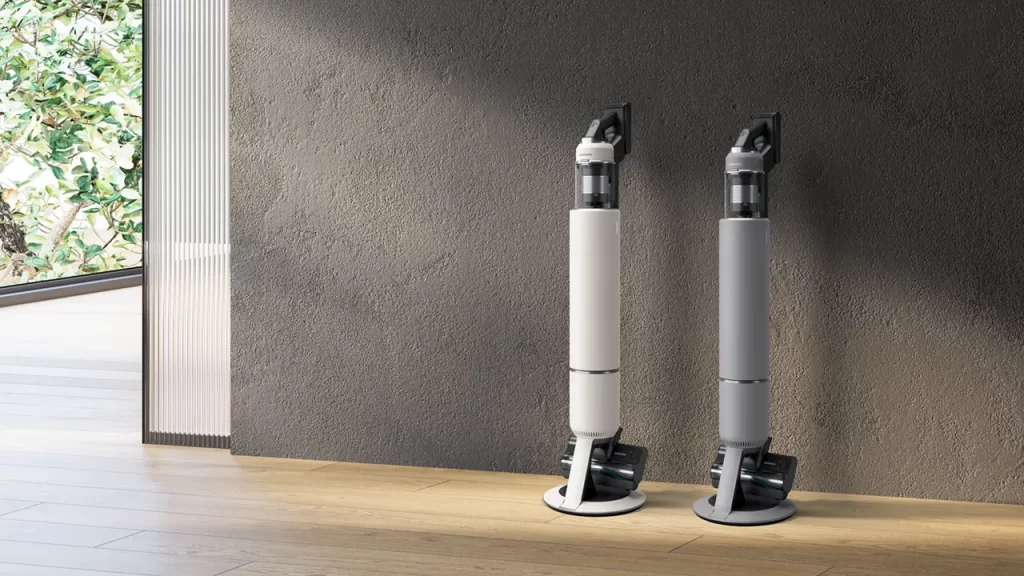What to Expect with OPPO Reno10 Pro+ 5G Camera
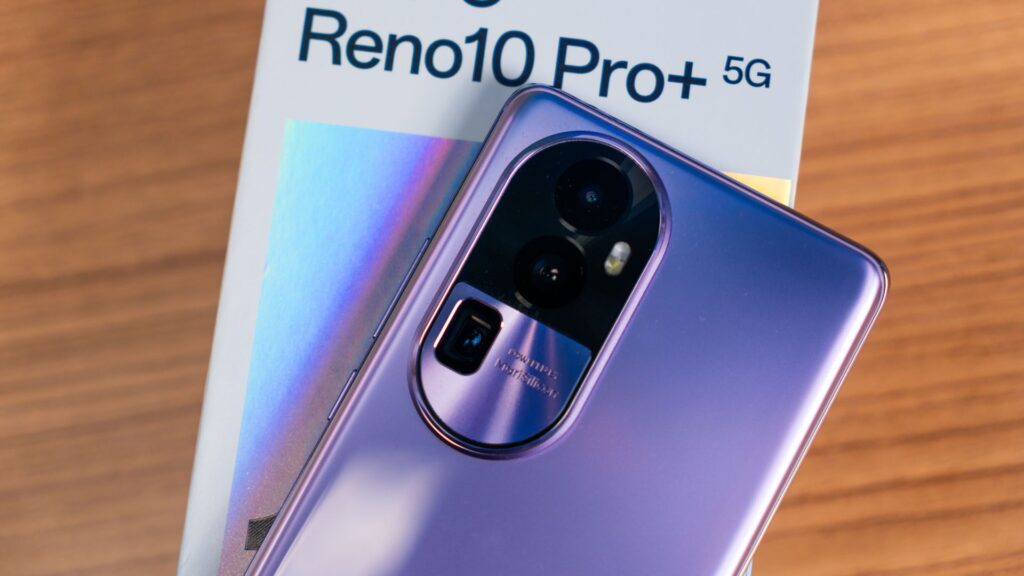
The OPPO Reno10 Pro+ 5G was announced two months ago as the latest photography & entertainment flagship smartphone. In this quick review, I will share my experience using the camera and what you can expect from this device.
OPPO Reno10 Pro+ 5G Camera
Main Camera
The primary camera is a 50-megapixel shooter with a 24mm equivalent f/1.8 aperture lens. The sensor size is a reasonably large 1/1.56″ with a 1.0µm pixel size. It has all the essentials such as Phase Detection Auto Focus (PDAF) and Optical Image Stabilisation (OIS).
The primary camera is pretty impressive for what it is. The use of a 50-megapixel sensor doesn’t mean you will shoot a 50-megapixel photo every time you press that shutter button. It uses pixel-binning technology that combines four pixels into one pixel, resulting in a roughly 12.5-megapixel photo. This is no rocket science and there are a couple of benefits of using this, such as increasing the details per pixel since the information is gathered from four pixels instead of just one, and most importantly, it doesn’t take up precious memory storage in your phone.
On a good day, you can expect a nicely exposed photo with plenty of details. The auto HDR works as intended to bring out the details in the shadows without sacrificing the highlights.
So far I have not encountered any issues with the primary camera. It is a very good everyday shooter with responsive autofocus.
Generally, the dynamic range is great and suitable for all-purpose shooting.
Telephoto Camera (Periscope)
Interestingly, the 3x zoom telephoto camera has a periscope lens design. It is quite unusual because other phones with a periscope telephoto camera will have at least 6x zoom. There are pros and cons with periscope lens setup.
The primary advantage is no other than the capability of providing extra zoom range without having a lens protruding out. However, you will have to sacrifice the lens aperture and quality for it. For example, the Samsung Galaxy S23 Ultra’s 10x periscope lens has a f/4.9 aperture which is very challenging for low-light shots.
I believe OPPO understands this scenario and opted to balance out this setup by going with a shorter 3x zoom that has a 72mm equivalent f/2.5 lens. Honestly, f/2.5 is not bad at all for a periscope lens, but one can achieve the same result without having the need of using a periscope lens setup that potentially has more light refraction and lower contrast.
To offset the lens limitations, OPPO went with a 64-megapixel 1/2″ sensor. Again, they are utilising the pixel-binning technology here with a 64MP to 16MP configuration. Besides, it seems OPPO is quite confident with the setup that they even have 6x Zoom permanently available in the camera.
Here’s a quick comparison between all the lens configurations on the OPPO Reno10 Pro+ 5G. The photo quality is quite consistent throughout all the lenses with the exception of the 6x digital zoom telephoto. It tends to shift a bit off in terms of the colour temperature.
Other than that, the telephoto camera is quite a performer with fast autofocus (PDAF) and dynamic range.
What really stands out for the telephoto lens is the portrait mode. Even if the background’s blur effect is simulated but the subject-to-background separation is so good that you can’t really tell at first glance.
Ultrawide Camera
The ultra-wide camera has a small-ish 1/4″, 8MP sensor but what really stands out is the f/2.2, 112-degree field-of-view (FOV) that trumps most of the industry standard 120-degree FOV. The benefit is you can fit a lot of subjects into the frame but at the same time, the distortion risks.
Just look at this shot that just doesn’t look right with the lines and curves going all over the place.
Certainly, the distortion issue is less obvious when you shoot outdoors. So you do have to understand what the camera is capable of and quirks. Generally speaking, if you were to compare the ultra-wide with the other two cameras, obviously this is the least interesting out of the three.
Conclusion
The OPPO Reno10 Pro+ 5G manage to impress me with its excellent primary camera performance. While the ultra-wide camera works just fine but it is not as impressive as the other two cameras. It is great for landscape shots especially outdoors. If you use it to shoot indoors or group photos, you might want to look out for the extreme distortions at the edges.
While I did rant a bit on the telephoto camera’s setup, frankly speaking, it’s nothing major when it comes to real-life performance. I believe OPPO has done quite a good job at the post-processing to keep the photos’ quality in check.
The primary camera is, once again, the best camera you can use on this device. The sensor performance is great the photo outcome is simply lovely to be uploaded to social media directly. The autofocus is quick and the colour reproduction is just right on the spot.
All in all, the OPPO Reno10 Pro+ 5G is a great choice for those who want to use it for everyday or portrait photography. Judging from the same primary camera setup on the OPPO Reno10 Pro, I believe that is also a great option except that the SoC is a weaker Snapdragon 778G.


